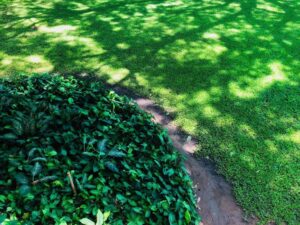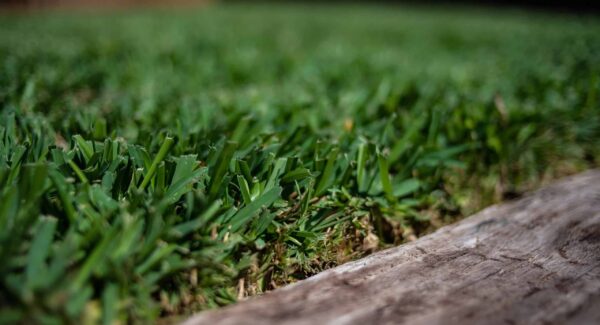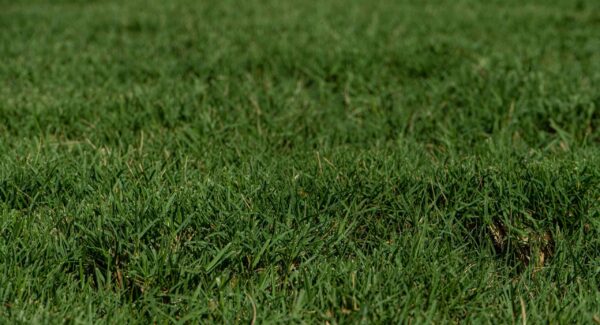Can Too Much Shade Be An Issue?
We’ve all heard of burnt grass and ‘hot spots’. You’ve probably also noticed that lawns receiving full sun during Texas’s hot summers often discolor or seem to turn into hay during water restrictions, while grass under shade trees seems unscathed. While it is certainly true that unhealthy, underwater grass in direct sunlight can dehydrate, discolor, and die, grass planted under dense, mature trees can have its drawbacks, too.
Those who are passionate about their lawn care understand that having everything precise and well-accounted for is the best way to get results for your lawn. Inviting friends and family over for a fun afternoon in the backyard, grilling and playing games, and letting the kids take their shoes and socks off and run their toes through the thick green grass, is like a summer afternoon dream come true. However, those fantasy images of a nice meal in the green grass under a big shady tree to ward off the sun might be a little less realistic than one might think. This is because a little-known fact about healthy lawn care and grass growth is that there is actually such a thing as too much shade for your grass to grow.

Grass is alive, that is common knowledge. We pick it out like we would adopt a pet, we feed and water it, we take care of it. Like any other form of life, it requires nutrients provided by the sun to grow. Should this link to a vital part of life be hindered or even diminished, the shadows of a shade tree might be the catalyst that lays your grass to rest for good. It is not uncommon to find weak, thin, and splotchy patches of grass underneath large areas of shade. This is because the many types of grass that are indigenous to Texas have found their way of life by incorporating large amounts of sunlight into their photosynthetic ‘diet’. Thus, stunting the amount of sunlight that reaches the grass will most definitely affect how the full and healthy the grass will ground around the base of places which provide shade. On the other end of grasses that grow naturally in Texas, grasses that are imported from other areas of the country have sometimes different nutrient requirements which might also stunt the way they grow in regards to shadow amounts and the restricted sunlight that reaches them. This is the same when relocating nearly any species, plant or animal, to a different region where nutrient acquiring is not paralleled to what they are used to .
What Can You Do About Too Much Shade?
Obstructions that cause too much shade can be a nuisance and definite obstacle in your hunt for thick green grass, but this doesn’t mean it has to go unmatched. The most common obstruction to sunlight levels in a yard is the presence of a trees and bushes. Because their growth is essentially unpredictable and can become vast and overbearing, it is usually a good idea to consider trimming and taming these plant obstructions just as you would with your lawn. For instance, many branches on trees that produce a lot of shade can be easily trimmed or “pruned” in order to cancel out some of the stagnant reach that can deter angled sun rays from reaching grass around the base of the tree. Likewise with thick shrubbery and bushes which can be taken too with hedgers and clippers to shave them down. This is technically a win-win for the yard because it will make no only your grass greener through the increased reach of sunlight, but also give your already in place plants and trees a more clean-cut and uniform look that plays to the routine of your wonderful lawn care.
While slimming down and pruning trees and shrubbery is a simple fix, some other obstacles aren’t as easy to hack away at. Many times lawncare fanatics will find it a serious struggle to maintain a healthy look for their grass that grows on a slim area with very little sunlight, such as narrow runs of grass between their house and a fence line or a neighbors house. This is because the built structure such as a shed or the back of a garage is blocking the sunlight virtually all day round. You’ve probably experienced this by stepping into these narrow lawn areas and seeing either weak and thin grass or swampy, standing water atop the grass. These are tell tale signs that an area is getting too much shade.
Some ways to help remedy the situation are to considerably reduce the amount of watering that is taking place here, in order to balance out an intake equal to the amount of sun it is receiving. Also, try using some very nitrogen rich fertilizers to help promote more growth with less catalyst, which in this case is sunlight. You might also want to reconsider cutting this are of the lawn, at least not as low as the rest of the law that does receive sunlight, because this area is for sure to have different growing pattern than the rest of the lawn,
Growing thick, rich grass in very shady areas can be a tricky game, but if pulled off correctly it will create a great atmosphere and leave you proud of the work you’ve done to grow it. If you think a large shade tree or an awkward obstruction is in the way of your grass’ need for sunlight, consider using these tips to get your growth back on track. For any of your grass needs, remember to contact The Grass Outlet today.





